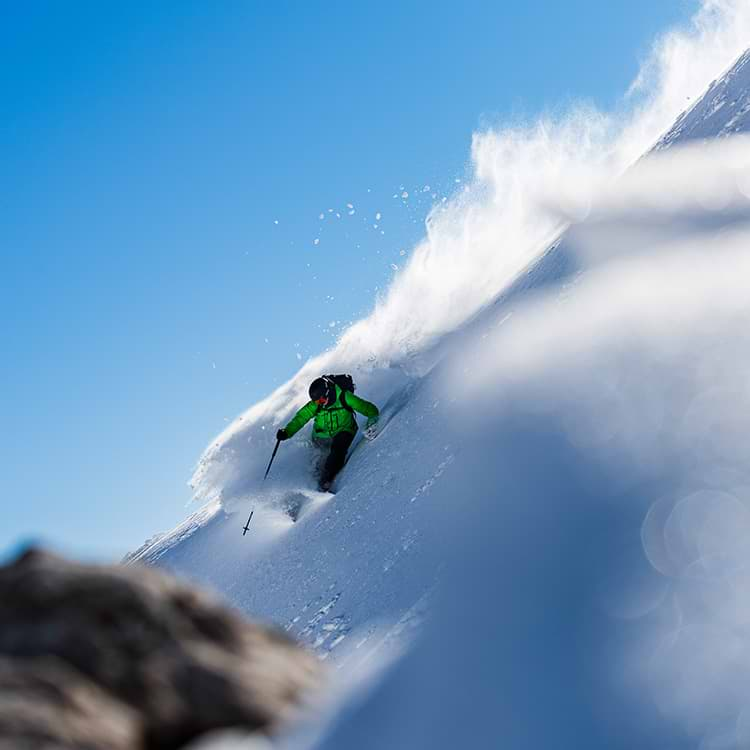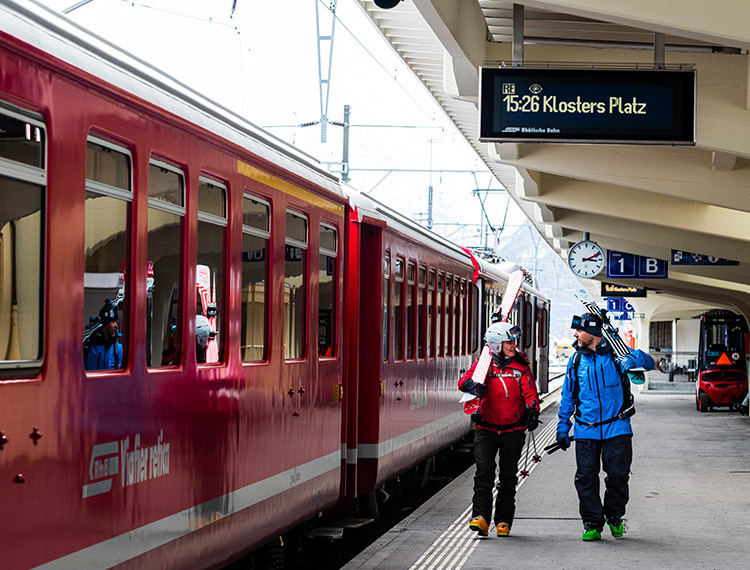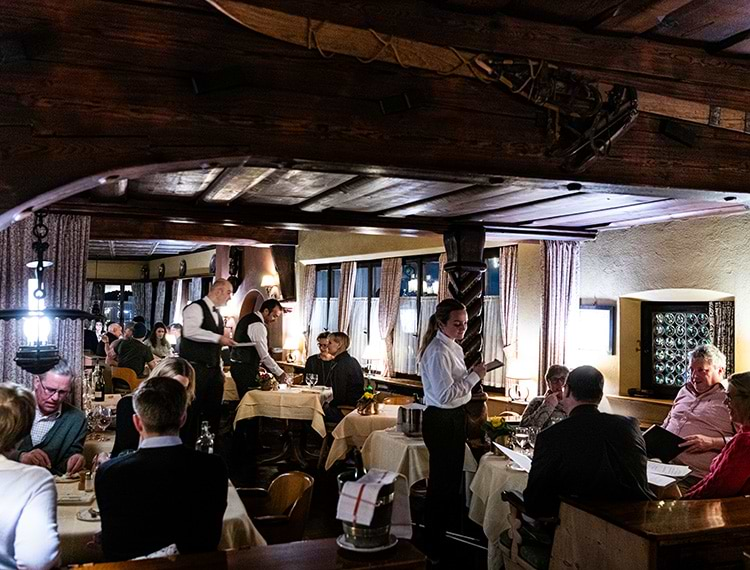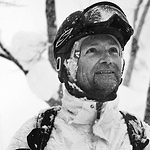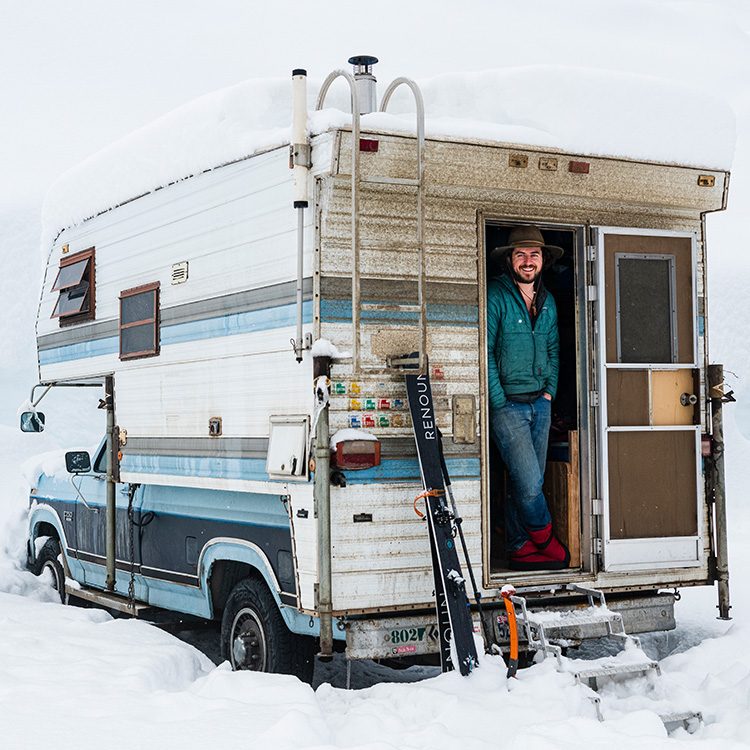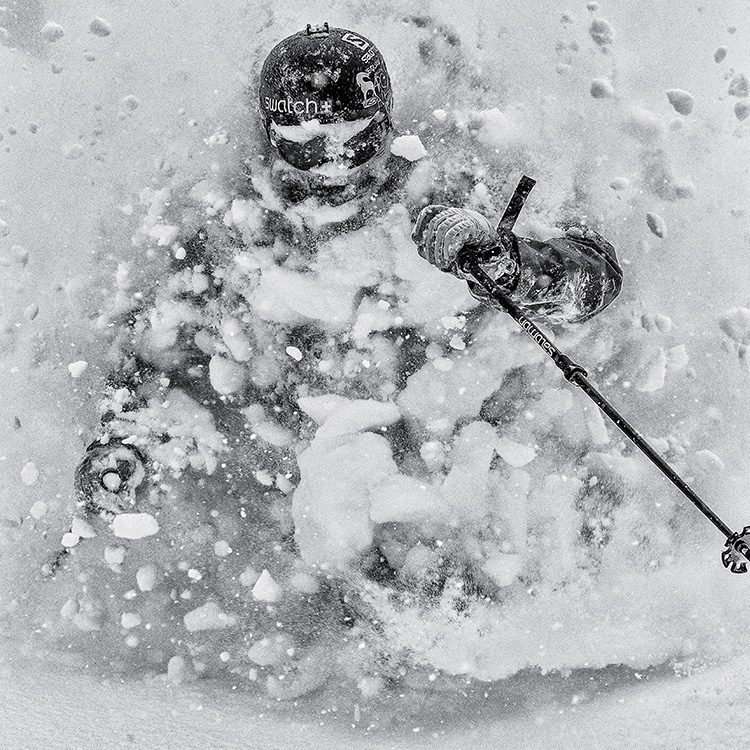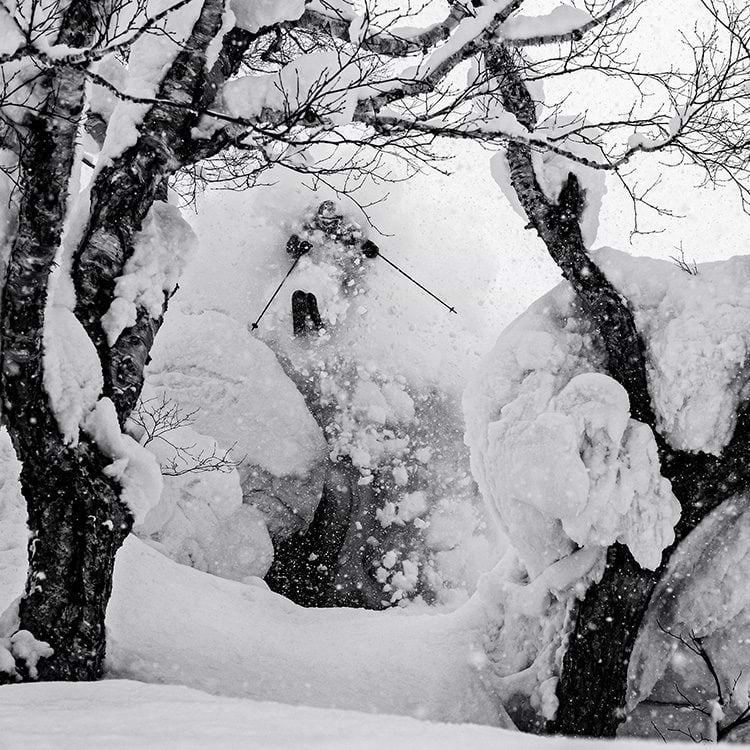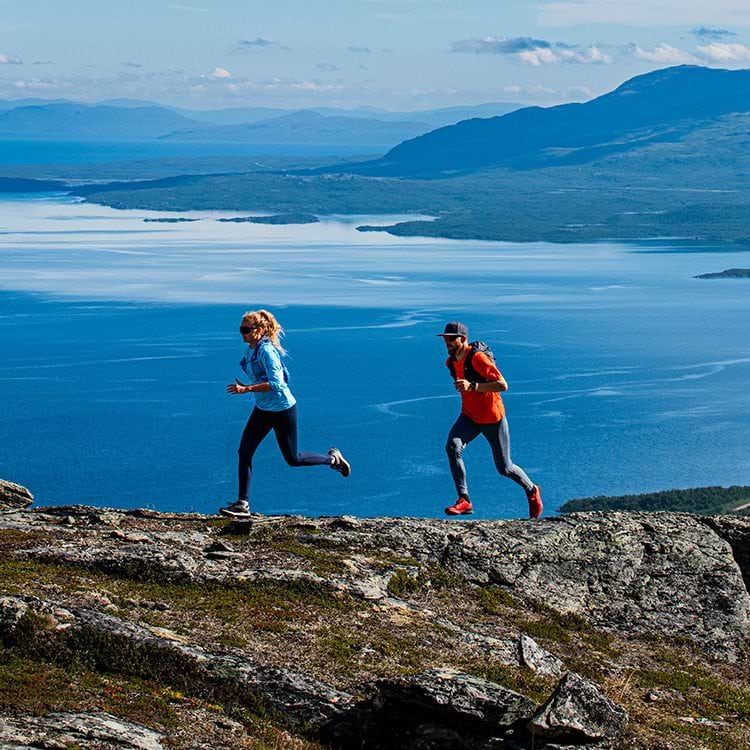From Parsenn’s Weissfluhgipfel vantage point, I survey the Alps’ sea of peaks. The iconic Matterhorn’s sail is visible over distant waves. To the west, Tödi appears flat-topped, swaying like an overturned boat. Eastward, the Rinerhorn, Jakobshorn, and Pischa ski areas emerge over Davos. Northward, Gotschnagrat is where skiers arrive via tram from Klosters. Madrisahorn floats on the horizon like a mirage, celebrated for relaxed skiing and sunny decks.
The legendary Parsenn Derby ski race began here in 1924 and was a major international event before the modern Ski World Cup existed. As I tilt my skis into the first run, I imagine the long climb up; the sweat and wool sweaters; the heavy wooden skis fastened with leather buckles; the frantic schussing and even wilder crashes along the 7,5 miles (12 kilometres) route to Küblis. Nowadays, it’s called the “Nostalgia Run,” celebrating Kloster as a place where fame, fortune, and skiing quietly coexisted for decades.
Nestled in a rural part of the Prättigau Region, the charming postcard village of Klosters sharply contrasts with the lively alpine centre of Davos, just a few kilometres away. The name Klosters, meaning “monastery,” dates back to 1222, when Walser farmers settled in the valley, followed by monks who established a supporting settlement. The only remaining part of this medieval monastery is the church, built in 1492. Its small, cobbled square above the village provides an immediate sense of Klosters’ atmosphere—a peaceful, quiet environment that feels less commercialized than larger, more glamorous resorts. Visitors can enjoy tranquil walking paths, horse-drawn sleigh rides, snowshoeing, and extensive cross-country ski trails that evoke a simpler time.
Though lacking the hustle and spectacle of Zermatt or St. Moritz, Klosters is just as luxurious, with compact Victorian and neo-classical hotels and a convenient walk to everywhere. Add in Goldilocks isolation (not too much, not too little), and you get a place that has attracted those seeking privacy since the end of the Second World War. During Hollywood’s Golden Age, power brokers and celebrities who defined American royalty could be seen nightly at Restaurant Chesa Grischuna, which remains one of the Alps’ finest establishments, renowned for its genuine atmosphere and impeccable service. The long-time residence in Klosters of film star Greta Garbo—who lived relatively anonymously for decades and took daily walks along the Landquart River, wearing her trademark hat—became the town’s defining symbol: if the famously private star felt safe here, so could anyone. Consequently, high-profile visitors adopted a humble attitude; they didn’t brag, show off wealth, or break champagne bottles. Even today, Switzerland remains a haven for internationally renowned figures, who often seek refuge (think Tina Turner and Shania Twain). In the 1950s, Klosters was both a model and a microcosm of this haven.
The chic, chalet-style town known for its authentic traditions and welcoming locals made even the most discerning guests feel at home. It also became the top winter destination for true royalty, such as the Crown Prince and Princess of Denmark, the King and Queen of Sweden, and, naturally, the UK’s active House of Windsor. King Charles III has used the ultra-exclusive Chalet Eugenia as a winter retreat for many years, and during the good old days when they still kept in touch, Prince William and Harry learned to ski there. Charles has visited Klosters so often that the Gotschnagrat cable car was nicknamed “Prince of Wales.” To this day, many British skiers visit Klosters precisely because of the royal endorsement. Of course, it also has great skiing.
For the longest time on the Nostalgia Run, you glide over an alpine sea, dipping into troughs and cresting alabaster waves before finally plunging beneath them into the forest. On both sides, glades and chutes close in, whispering of epic powder days. The slope eases when the trees part at the cluster of restaurants in Schifer, their lunch-worn, busy decks facing west. If it’s early and you don’t plan to ski back to Küblis, you can pause for a bit, then take the Shiferbahn lift back to Weissfluhjoch, a 15-minute ride that feels like teleporting Star Trek-style back to Planet Alpine. It’s this blend of old-school and modern that makes Klosters special, and a reminder that it all started on this very run.
It was a 10-year-old Wilhelm Paulke — who later became a geologist, snow researcher, and German ski pioneer—who, along with fellow students at the foreign high school in Davos, skied the slopes of Parsenn in 1883. A decade later, Johann and Tobias Branger (brothers who famously taught themselves to ski at night to avoid peer derision) completed a successful trip from Davos over Maienfelder Pass to Arosa and back; the following year, they guided the renowned British author Sir Arthur Conan Doyle along the same route. Doyle’s humorous account of his trip in the British Alpine Journal played a significant role in promoting the area. In 1895, four British tourists took a wrong turn en route to Arosa and ended up descending into Küblis above Klosters; it became clear that if one could reach Parsenn from one town and descend into several other hamlets, it would create a fantastic ski destination.
That’s on my mind while descending under the Gotschnagrat cable car — an off-piste area called Wang, which likely would be wiped out in minutes if it were located in a more freeride-focused ski region. Once a marked trail, skiers are now largely discouraged from skiing the avalanche-prone slope, and less-experienced holidaymakers tend to head toward the Köbel bump run, the gentle blue pistes of the Gruobenalp chair, and Parsennmälder T-bar, or marked off-piste routes in the Drostobel and Chalbersäss valleys. But today, the descent is in excellent condition, with almost a foot of fresh snow over a solidly safe base. Heading back up, I circle the Gotschna, carve a few of Parsenn’s wide-open main trails, and tackle the Weissfluhjoch. Finally, I ascend the Weissfluhgipel for one last Nostalgia Run to Küblis, catching the train back to Klosters, and walking with skis over my shoulder to dinner with a friend at the heart of the town.
That Hotel Chesa Grischuna was designed as a work of art is obvious even to the most casual pedestrian. Built in 1938 in classic Swiss wooden style, its many vibrant artworks by local painters and artisans serve as a conscious stand against the architecture and iconography used by the Nazi party to impose its ideology on Germanic countries. No wonder the Chesa became a post-war beacon of hope that, along with Garbo, drew stars like Gene Kelly, Gregory Peck, Lauren Bacall, Audrey Hepburn, Yul Brynner, Paul Newman, and many others. The lovingly preserved restaurant—with its woodwork, paneled ceilings, and eye-catching art—features original chairs, benches with leather-strapped cushions, and even reproductions of the first china. You and your friends can even dine at King Charles’s favourite table—the round one in the corner with windows on both sides. And don’t forget to take a peek at Chesa’s guestbook, which holds hundreds of stories woven into the larger tale of Klosters’s history—like the miniature painting on one page by a young Winston Churchill who, in bidding farewell, added, “My only regret is having to leave this wonderful place.”

